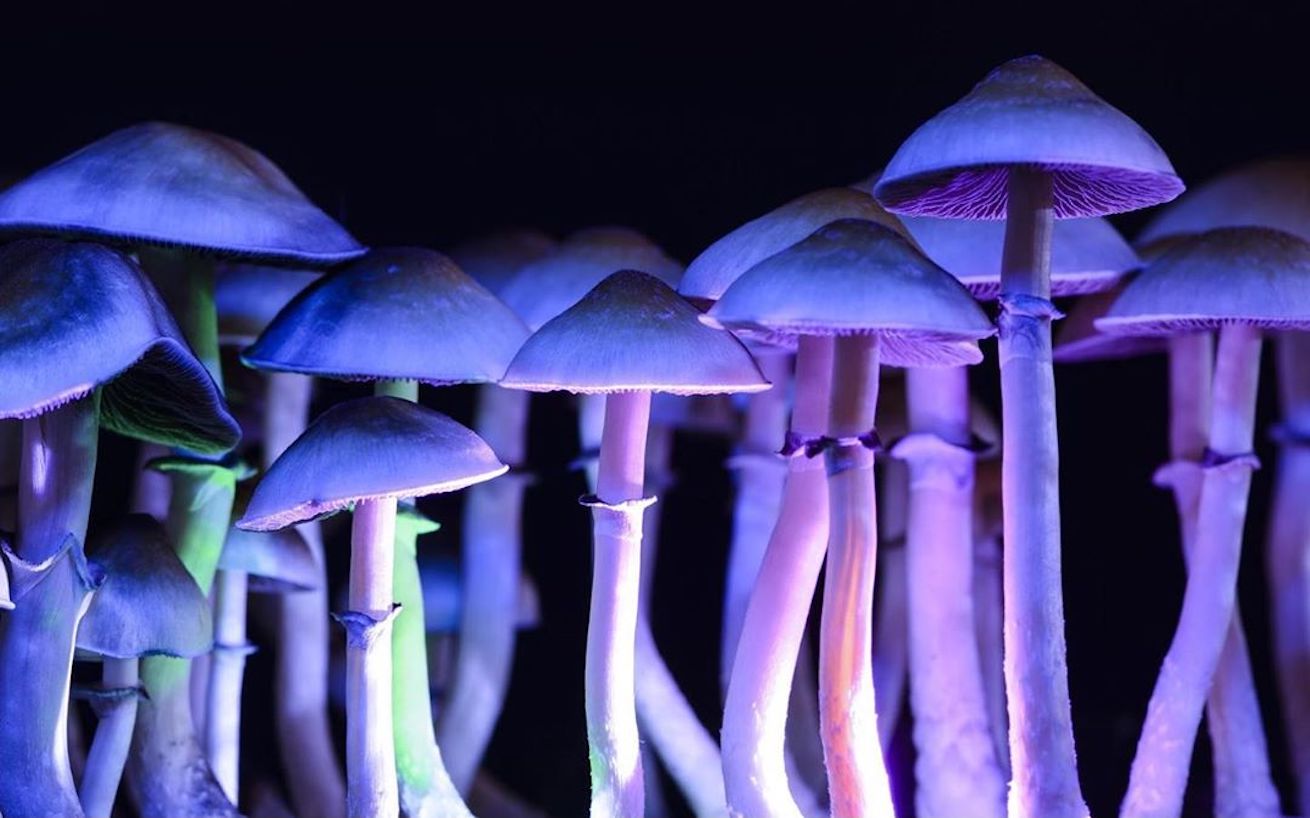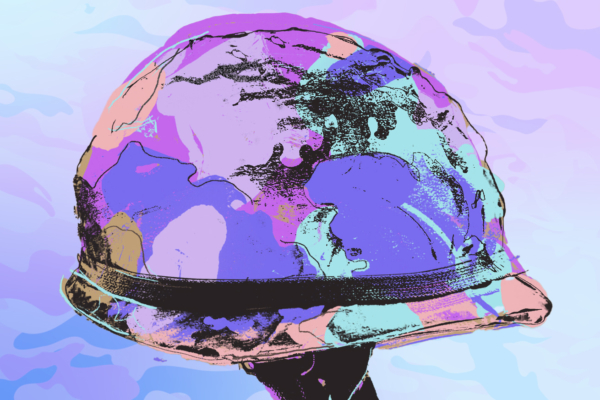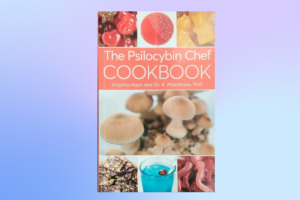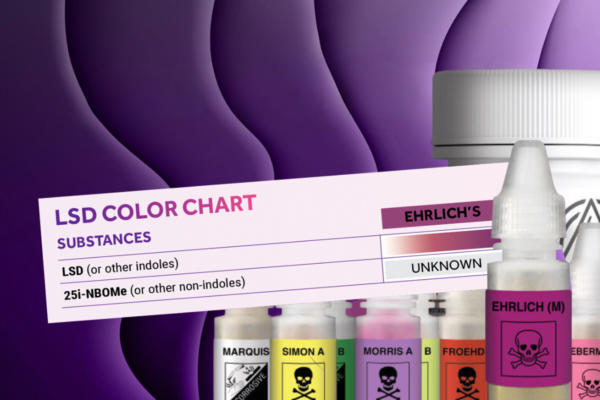
Scientists in Queensland, Australia, are studying psilocybin mushrooms native to the country to identify if they may be useful for developing psychedelic medicines.
A new research project underway at the University of Queensland (UQ), being led by UQ mycologist and evolutionary biologist Dr. Alistair McTaggart, is investigating the diversity of native psilocybin-producing mushrooms, commonly known as “magic mushrooms”. More than 200 species of mushrooms globally are known to produce psilocybin, but little is known about those found in Australia.
“In Australia, it is estimated there are up to 20 species of ‘magic mushrooms,’ some of which are native while others have been introduced,” said Dr. McTaggart. “They grow in dung or in leaf litter on damp forest floors. We are not certain of ‘magic mushroom’ biodiversity in Australia, and we do not know how many species product psilocybin – a psychoactive compound with effects similar to LSD.”
He added that there was a renewed interest in the psychoactive properties of these mushrooms for treating depression and post-traumatic stress disorder (PTSD). “Similar to the cannabis industry, mushrooms will need the selection of genetic traits to upscale production or tailor different strains for different experiences,” Dr. McTaggart said.
“Australian native ‘magic mushrooms’ may have evolved different methods for psilocybin production and offer adaptations that are preferential for use in clinical treatments. Our new project will determine whether one species, which is believed to be native, Psilocybe subaeruginosa, has spread globally. This species, or a close relative, is now the foundation of patents and research in Europe and the United States.”
Psilocybe subaeruginosa is a psilocybin-producing mushroom commonly found in southern parts of Australia and New Zealand, which Australian mycologist John Burton Cleland first described in 1927. It grows in a variety of habitats, including piles of leaves, gardens, and among bark chips and pines, and bears similarities to other mushrooms, including the highly toxic Galerina species.
UQ’s study has been made possible after the state government, under the Health (Drugs and Poisons) regulations 1996 (Qld), granted the university permission to possess, use and dispose of limited quantities of psilocybin for the specific purposes of research, analysis, and teaching. Without this approval, the possession and use of psilocybin are prohibited in the state of Queensland, as is the case for the entire country.
The cultivation, manufacturing, possession, use, and supply of psilocybin is illegal across Australia, with the compound currently classified as a Schedule 9 prohibited drug. However, the country’s drug regulator, the Therapeutic Goods Administration (TGA), is considering down-scheduling psilocybin and MDMA to Schedule 8 controlled substances which would permit their use in combination with psychotherapy to treat medical conditions such as depression and PTSD. An Independent Expert Panel is carrying out a systematic literature review on the use of these drugs to treat mental health conditions. The results of this review are due to be published on the TGA website on September 30.





